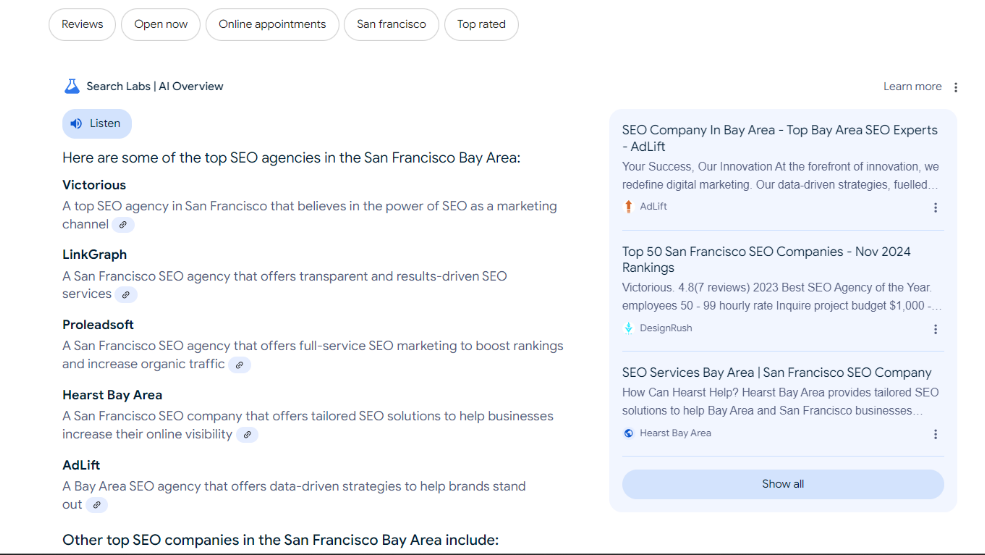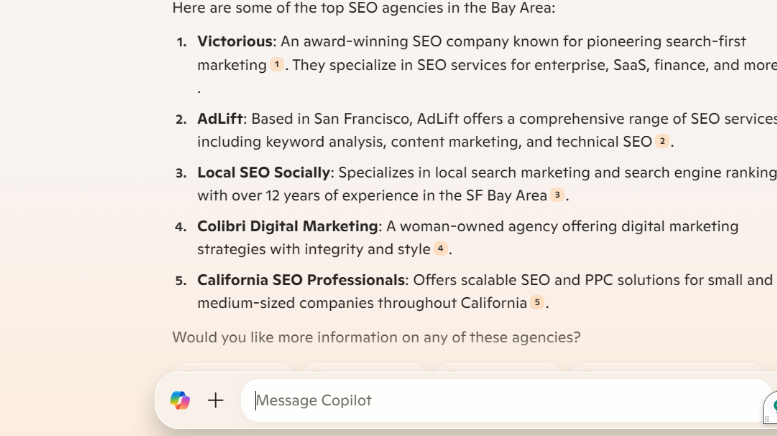In a world where online ad prices seem to be in a perpetual climb and organic visibility is harder than ever to secure, SEO and paid search aren’t just complementary—they’re inseparable. Together, they help brands stand out, pull in quality traffic, and keep costs in check. If you’re still treating these strategies as separate silos, you’re missing out on a massive opportunity to cut costs and increase conversions. Let’s explore why integrating SEO and paid search is no longer optional; it’s essential.
Understanding SEO vs. Paid Search: It’s Not an Either/Or
First, it’s essential to understand the core differences. While both SEO and paid search can drive high-quality traffic, they play distinct roles in your marketing ecosystem.
- SEO Metrics (KPIs): SEO is the long game. Its KPIs include organic traffic, keyword rankings, click-through rates (CTR), and conversion rates. It’s the marathoner—slow to start but incredibly powerful over time.
- Paid Search Metrics (KPIs): Paid search, on the other hand, is all about fast wins. Key metrics include CPC, cost-per-acquisition (CPA), and short-term conversions—perfect for brands looking to get quick visibility and measurable returns.
According to AdLift’s research, based on data from over 80 websites, SEO conversions are 40-60% higher than those from paid search channels. Long-term, SEO’s ROI is unbeatable—it’s not only more sustainable but also more cost-effective. The lesson here? SEO should be the backbone of your growth, with paid search serving as the quick burst of energy when needed.
Creating Synergy: Why SEO and Paid Search Are Better Together
When SEO and paid search work together, it’s like a synchronized swimming team. Your brand benefits from increased visibility, greater authority, and a smoother customer journey. Here’s how they complement each other:
- Dominate the SERP: Showing up in both organic results and paid ads doesn’t just double your chances of a click—it multiplies your credibility. Users tend to see brands that appear in multiple SERP spots as more trustworthy and relevant.
- Data Sharing for Smarter Targeting: Paid search offers real-time insights into what keywords drive clicks, while SEO provides long-term data on which keywords convert. When shared, these insights help both sides improve their effectiveness, allowing you to focus ad spend on what matters and guide your SEO with real-world insights.
- Content That Resonates on Both Fronts: Paid search can be a great testing ground for messaging and content ideas. By leveraging high-performing ad copy in your SEO efforts, you ensure your brand message is consistent across channels and maximize impact.
Our research shows that when SEO sessions account for 50% of paid search traffic, CAC drops by 20%. When SEO starts delivering 100% of the sessions compared to paid, CAC can decrease by a whopping 60%. The takeaway? The more you lean into SEO, the less you’ll need to rely on costly ads.

How Integration Drives Down CAC: Real-World Success Stories
High CPCs in competitive industries like finance, e-commerce, and B2B are no joke. Integrating SEO with paid search doesn’t just save you money—it makes your growth sustainable.
Consider these examples:
- Finance: A brand in the finance sector saw a 108% increase in organic traffic, leading to a 52% reduction in CAC.
- Loan Services: Through integrated SEO efforts, loan service providers grew SEO-driven leads by 340%, with organic traffic jumping by 280%.
- E-commerce: For one e-commerce brand, SEO yielded a 40% higher average order value (AOV) and a 500% improvement in ROI compared to paid search alone.
These cases show how SEO acts as a CAC-reducing powerhouse, providing a steady stream of high-converting traffic and allowing brands to shift budget away from expensive paid channels over time.
Winning SERP Features: The Power of People Also Ask and Featured Snippets
As search evolves, optimizing for People Also Ask (PAA) boxes and Featured Snippets is becoming critical. These SERP features offer brands top positions without relying on paid ads.
- Featured Snippets: Holding prime real estate with a CTR of 65%, Featured Snippets give your brand the opportunity to answer searchers’ questions directly. They’re perfect for capturing intent-rich queries and establishing authority.
- PAA Sections: With PAA boxes appearing in 60% of search results, these features let you answer common user questions right in the SERP, making your brand a go-to resource.
For lower-converting keywords—like informational or navigational queries—investing in SEO for Featured Snippets or PAA is smarter than trying to compete with paid ads. When ads aren’t shown, Google often surfaces snippets and PAAs, allowing you to capture traffic without paying for it.
The Role of AI and Large Language Models (LLMs) in the New SEO Landscape
Search isn’t just evolving—it’s undergoing a fundamental transformation with AI and large language models (LLMs) like ChatGPT, Google’s PaLM 2, and Microsoft’s Copilot. To succeed, brands need to adopt Generative Engine Optimization (GEO), which focuses on optimizing content for AI-driven search engines.
Why AI Optimization Matters:
- Long-Tail, Intent-Driven Queries: AI-driven tools favor more specific, intent-rich queries. Your content should be tailored for these searches to rank in both traditional and AI-driven SERPs.
- GEO (Generative Engine Optimization): Unlike traditional SEO, which caters to human readers on search engines, GEO is tailored for AI. It ensures that your content is not only indexed by traditional search engines but also easily understood and repurposed by AI systems, enabling you to capture the growing segment of AI-driven traffic.
At AdLift, our own GEO efforts have led to increase in impressions, clicks and appearance in AI overviews.


Case Study: A leading financial services company SEO and Paid Search Integration
A client of ours, achieved impressive growth through SEO and paid search integration. Here’s what they accomplished:
- SEO Traffic Growth: Increased by 84%, improving organic reach.
- CAC Reduction: Dropped by 28%, making acquisition more cost-efficient.
- Lead Generation Boost: Improved by 43%, driving quality prospects.
We leveraged SEMrush to analyze the brand’s high-CPC keywords, and integrated these keywords into our SEO strategy, optimizing content for organic rankings. As a result, we saw a 2x increase in top-10 keyword rankings and a 52% reduction in CAC.
Implementing SEO + Paid Search Integration: Actionable Steps for Brands
Ready to reduce your CAC and see long-term growth? Here are the steps:
- Optimize for AI Campaigns: Use tools like Google’s Performance Max to integrate SEO basics—page speed, UI/UX, and conversion optimization. This ensures AI-driven campaigns reach the right audiences.
- Focus on Linkable Content: Google’s algorithm heavily weighs backlinks (45% influence), so prioritize creating high-quality content that earns natural links.
- Double Down on Long-Tail Keywords: As AI tools drive more searches, brands that focus on intent-rich, long-tail queries will have the upper hand.
Conclusion
The Future of Search Is Here: Time to Integrate
As CPCs rise and AI redefines how people search, integrating SEO with paid search isn’t a nice-to-have—it’s essential. SEO drives long-term growth, while paid search provides instant visibility. Together, they reduce CAC, boost conversions, and future-proof your brand for AI-driven search.
Brands that combine these strategies and evolve with AI will thrive. Don’t just lower costs—secure your brand’s future in an AI-driven world.




